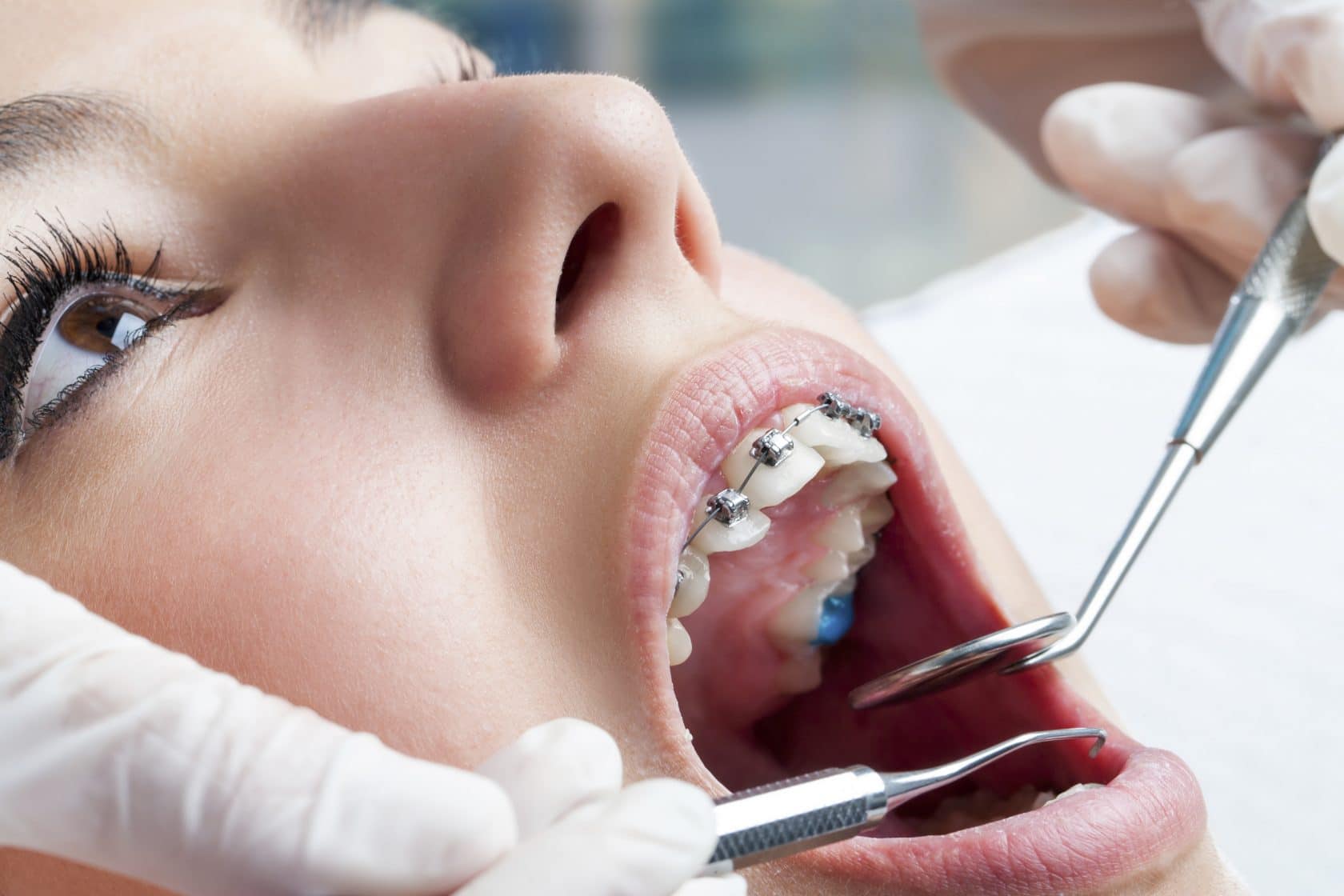How Cumming Orthodontics Addresses Common Braces and Invisalign Problems
How Cumming Orthodontics Addresses Common Braces and Invisalign Problems
Blog Article
Comprehensive Guide to Orthodontics Treatments for Dealing With Oral Misalignments
In the world of orthodontics, the trip to accomplishing a perfectly lined up smile entails a myriad of procedures customized to correct dental imbalances. From traditional braces to unseen aligners and even surgical choices, the area of orthodontics uses a variety of options to attend to differing levels of dental abnormalities. Recognizing the ins and outs of each procedure, including their devices, advantages, and prospective disadvantages, is crucial in making informed decisions concerning one's orthodontic treatment. As we browse with the extensive guide to orthodontic procedures for dealing with dental imbalances, the elaborate information of each method will unfold, clarifying the path towards a practical and harmonious oral positioning.
Orthodontic Procedures Overview

Routine changes and surveillance are vital parts of orthodontic treatment to ensure development is on track and to make any type of needed adjustments along the method. By undergoing orthodontic treatments, individuals can not just accomplish a straighter smile however likewise boost their total oral health and feature.
Typical Dental Braces: Exactly How They Work
When thinking about orthodontic treatments for oral imbalances, conventional dental braces stand out as a tried and true approach for dealing with teeth placing. Typical braces contain braces, cords, and bands that interact to use constant stress on the teeth, gradually relocating them into the wanted placement. The brackets are connected to the teeth using an unique adhesive, and the cables are threaded via the brackets. By adjusting the stress of the cables, orthodontists can manage the instructions and pressure used to each tooth, leading them into proper alignment gradually.
As pressure is applied to the teeth through the dental braces, the bone surrounding the teeth is improved to sustain the brand-new tooth placements. Individuals will require regular modifications at the orthodontist's workplace to make sure the braces continue to apply the appropriate stress for reliable teeth activity.
Undetectable Aligners: Disadvantages and pros
Unseen aligners offer a very discreet and convenient choice to standard dental braces for correcting dental imbalances. These clear, personalized trays are practically undetectable when put on, making them an enticing alternative for individuals seeking an extra cosmetically pleasing orthodontic treatment. One of the primary benefits of unnoticeable aligners is their removability, permitting less complicated upkeep of dental hygiene compared to traditional braces. Individuals can remove the aligners prior to eating or brushing their teeth, decreasing the risk of food obtaining stuck in the device and simplifying the cleansing procedure.

Surgical Orthodontic Options
Surgical treatments in orthodontics existing sensible alternatives for dealing with complex dental imbalances that might not be effectively dealt with with traditional orthodontic treatments. While conventional dental braces and unseen aligners can fix numerous orthodontic problems, particular situations require medical treatment to accomplish optimal outcomes. Surgical orthodontic options are generally suggested for serious malocclusions, significant jaw disparities, and situations where the underlying bone structure requires adjustment to attain appropriate alignment.
One usual surgical orthodontic treatment is orthognathic surgical treatment, which involves rearranging the jaws to fix practical issues such as trouble chewing or talking. This surgery is usually done in partnership with an orthodontist who assists align the teeth prior to and after the treatment. Surgical orthodontics may also include treatments to expose impacted teeth, eliminate excess periodontal cells, or improve the jawbone to create a much more harmonious face profile.
Prior to considering surgical orthodontic alternatives, patients undertake a detailed evaluation to figure out the need and potential advantages of such treatments. cumming aligners. While surgical treatment may appear challenging, it can dramatically improve both the function and looks of the smile in cases where conventional orthodontic treatments fail
Retainers and Post-Treatment Treatment

Failure to comply with post-treatment care instructions can result in regression, where the teeth slowly move back towards their initial settings. Constant retainer wear, excellent dental hygiene, and regular oral exams are necessary for preserving the results attained with orthodontic surgical treatment and guaranteeing the long-term stability of the remedied dental placement.
Final Thought
In conclusion, orthodontic procedures supply various choices for correcting dental misalignments. Surgical orthodontic choices are readily available for a lot more serious imbalances. On the whole, orthodontic procedures can efficiently boost dental wellness and aesthetic appearance.
As we navigate via the comprehensive her latest blog guide to orthodontic procedures for dealing with dental misalignments, the complex information of each method will unfold, dropping light on the path toward a he said useful and harmonious dental placement. - invisalign
One of the most usual orthodontic therapies is the usage of dental braces, which are composed of steel brackets and wires that use mild stress to gradually move teeth right into the wanted placement.When considering orthodontic treatments for dental misalignments, conventional braces stand out as a tried and true technique for fixing teeth placing. In addition, unseen aligners might not be ideal for complex orthodontic issues that require more considerable teeth motion, as they are normally suggested for light to modest cases. Retainers are tailor-made orthodontic gadgets developed to hold teeth in their corrected positions after the conclusion of orthodontic therapy.
Report this page